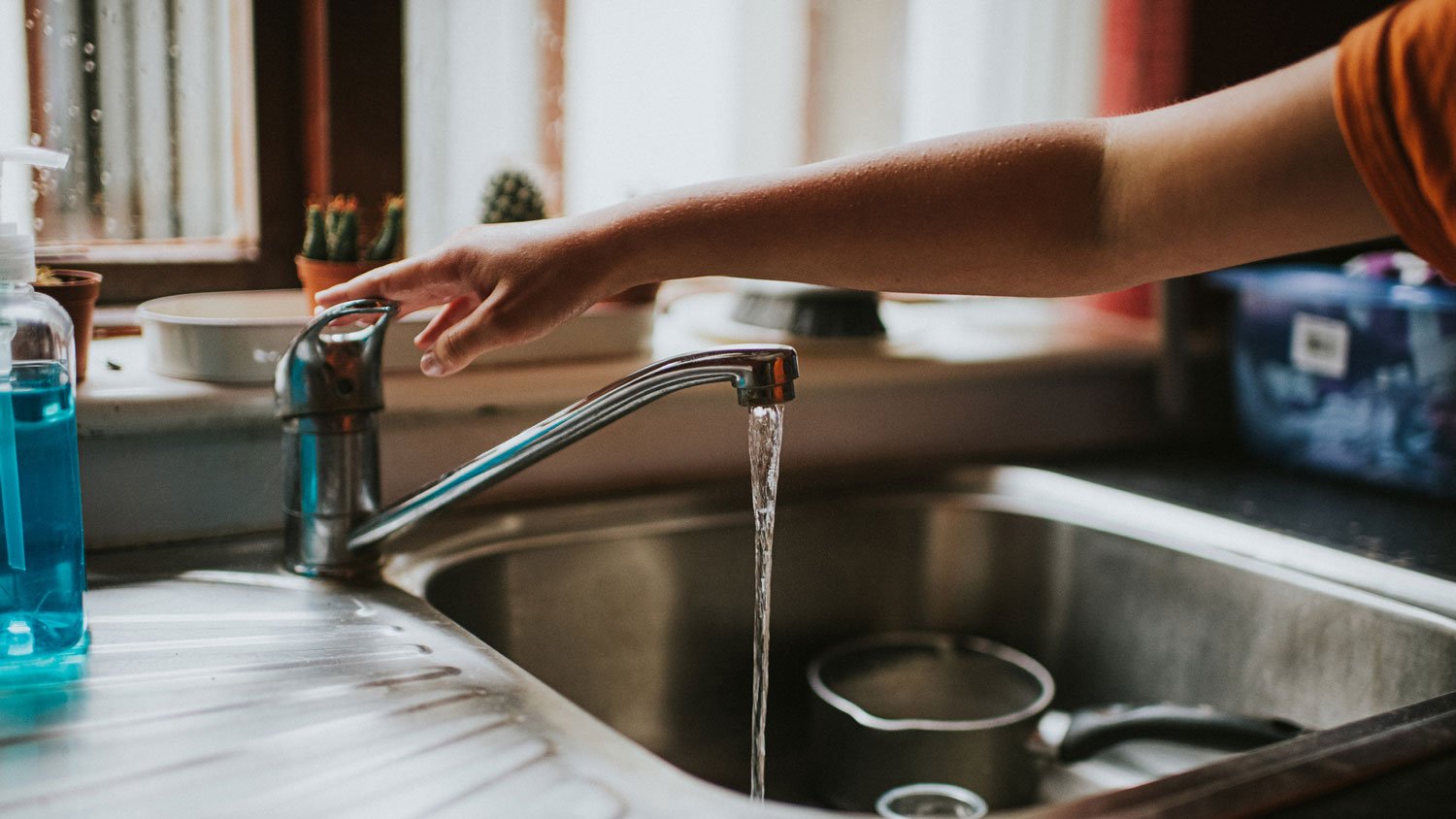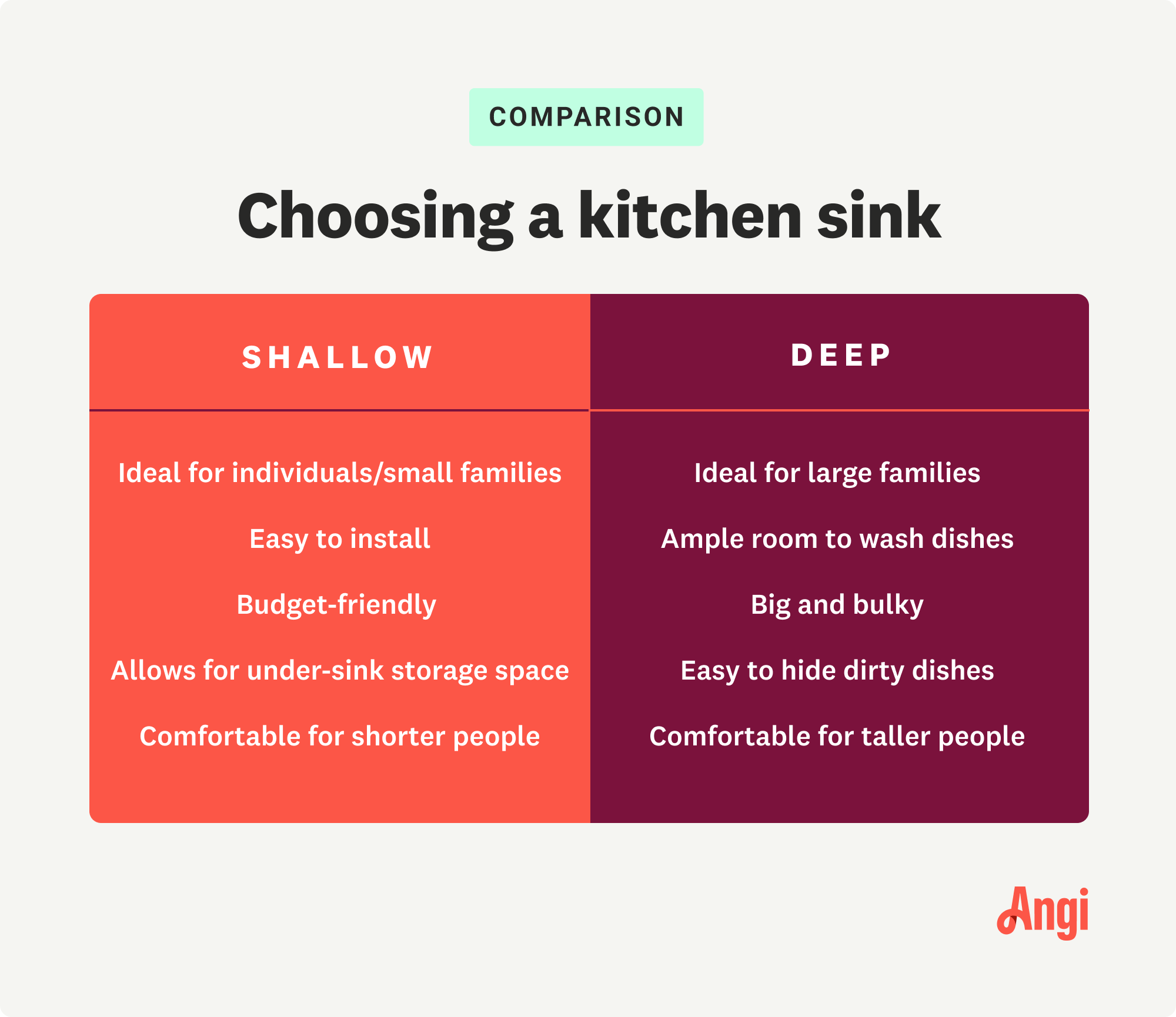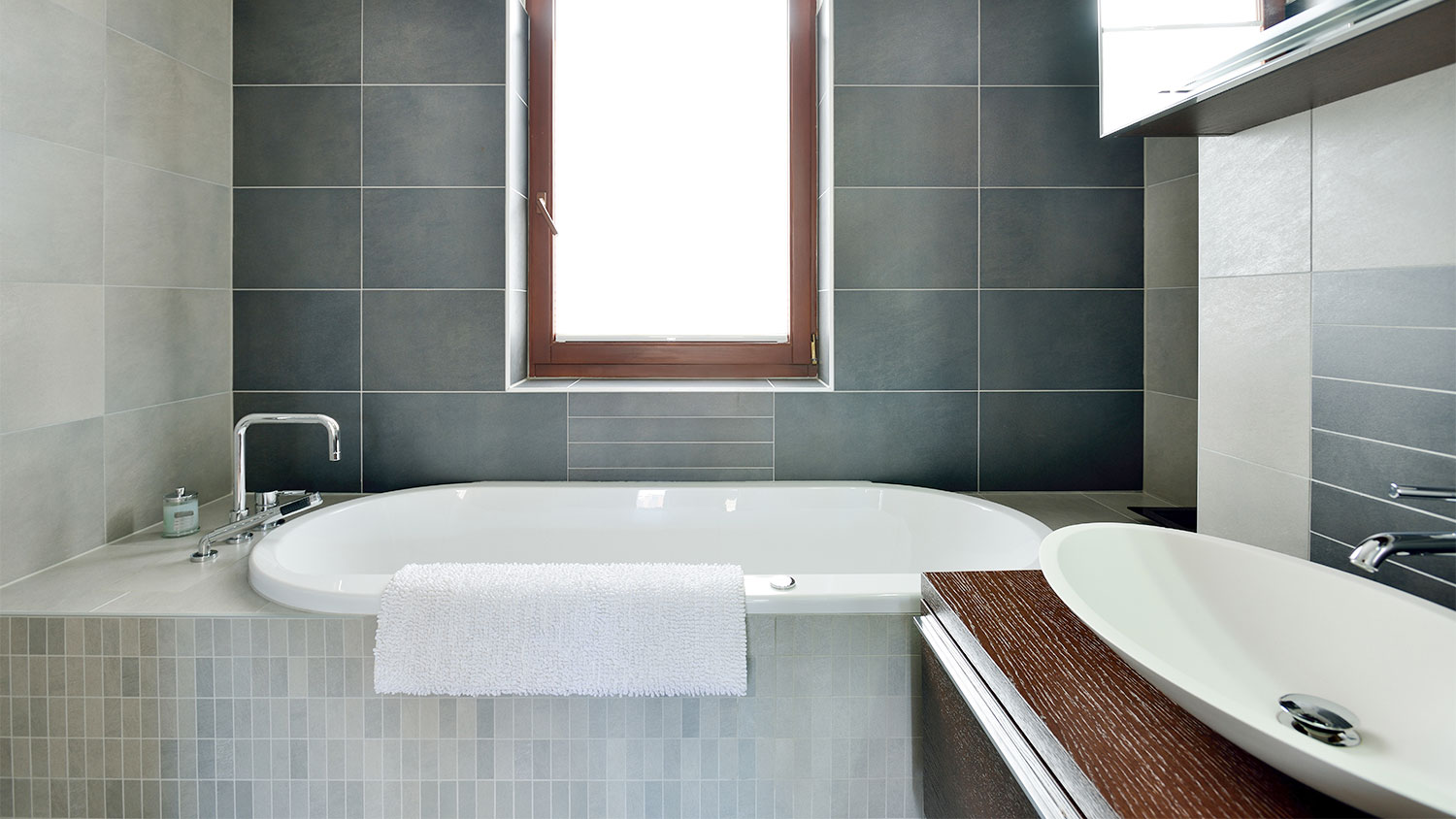
Do you want to add a mudroom to your home but are unsure if it’s within your budget? Use this mudroom addition cost guide to determine your installation price range.
Choosing a kitchen sink goes beyond style


Your kitchen sink's depth is as essential as its width and number of bowls.
The most important sink depth factor is how you use it.
Having the right kitchen sink depth can influence its best uses.
Who uses the kitchen sink can help determine its optimal depth.
From hand-washing to cleaning dishes and filling pots for your favorite pasta dish, it’s clear that you’re sink is a key player in your kitchen. That’s why having the ideal kitchen sink depth for your needs is crucial. Learn about common kitchen sink depths to choose the correct dimension for your needs.
Kitchen sink depths range from around 6 to 12 inches deep. However, the most popular depths are 8, 9, and 10 inches. Six-inch deep sinks still exist and are preferred by many. Conversely, 12-inch deep sinks aren't as common and are often reserved for specific uses, such as for large food preparation or washing oversized pots and pans.
However, there's no official standard kitchen sink depth, even in the single versus double sink debate. But there are practical reasons to choose a particular kitchen sink depth, depending on how you want to use it.

When measuring for a kitchen sink, its depth is its own measurement. The depth dimension reflects the actual measurement from the top of the unit to its lowest point or drain outlet. The sink's mounting, whether on top of or below the countertop, isn't included in the dimension.
Therefore, installing an 8-inch-deep drop-in sink will measure 8 inches deep, while the total depth of an 8-inch-deep undermount sink will include the sink's depth plus the thickness of the countertop. In this case, the overall sink depth will be closer to 9 inches.
It's a small detail but an important one to remember when choosing your sink's depth for various sink types. The same depth measurement rules apply to single, double, and triple-bowl kitchen sinks.
| Type of Sink | Typical Depth Range (In) |
|---|---|
| Drop-in | 6–10 |
| Undermount | 5–9 |
| Farmhouse | 5–9 |
| ADA compliant | 6–6.5 |

When choosing from the various kitchen sink sizes, many focus on its width and other features rather than its depth. However, the right depth is essential for optimizing the sink's usefulness. Whether you use your kitchen sink for preparing large meals, breezing through dishwashing tasks, or both, having the optimal sink depth determines its convenience.
How you and your family use the kitchen sink is the most significant determining factor regarding its depth. As a rule of thumb, deep sinks are best for large amounts of food preparation and cleaning large pots and pans, while shallow sinks work well for accessibility and washing plates and glasses, as well as small pots and pans.
It could seem like having a large or small kitchen should influence the kitchen sink's depth. In reality, its depth is completely independent of the kitchen size and only somewhat related to the sink's width and number of bowls, which can have more to do with the size of the kitchen.
If your kitchen sink's primary purpose is to prep food and wash large items while the others go in the dishwasher, a deep sink between 9 and 10 inches will likely work best. For those who wash dishes by hand or require easy access, consider a 6- to 8-inch-deep option.
Who uses the kitchen sink most often can determine its ideal depth. While taller people may not have trouble reaching the bottom of a 9 or 10-inch deep sink, less-tall users might struggle. For families with children tasked with doing the dishes, a shallow, 6- or 8-inch deep sink may be easier for them.
For a kitchen sink to be ADA-compliant, it must be no deeper than 6 inches, regardless of its style or width. If your home must meet ADA requirements to meet the needs of someone living there, look for a drop-in sink measuring no more than 6 inches deep or an undermount sink no deeper than 5 inches to account for the countertop thickness.
Shallow kitchen sinks tend to cost less than similar-quality models that are deeper. The price difference is often related to trendiness more than the additional material required for its construction. While budget-friendly sinks over 8 inches deep are available, if you're looking for a bargain, you're more likely to find it in a shallow model.
Less talked about, but essential for many households, is under-sink storage. While the difference between the shallowest and deepest sinks may only be a few inches, for families that rely on having ample storage under the sink, shallow sinks will provide a little extra room underneath than particularly deep sinks.
Choosing or having the wrong kitchen sink depth for your needs can be a simple inconvenience or a significant problem. In the case of requiring an ADA-compliant sink, replacement is often the only option if the existing sink doesn't match the requirements.
In cases of simple inconvenience, you could either accept its limitations or hire a nearby sink installation pro to replace it. Doing so will likely boost your cooking—and chore—enjoyment
Lauren Murphy contributed to this piece.
This is a small family owned company that will give you excellent service.
We had LHR install a new roof and gutter system. While they were not the cheapest, they were considered the most reliable and fetish for using only high-value products that would last for many years. Additionally, they were highly professional and never tried to push their services or any...
The crew showed up on time and finished the home theater installation as promised. The guy in charge of the team made sure it was done correctly, right down to the smallest detail. Highly recommended!
I highly recommend Virginia Kitchen & Bath. I hired them to do a complete remodel of our full bathroom in our basement. This was the first major remodel project that I had done, and I could not have been more pleased. The process from start to finish was easy and hassle free. Once the...
From average costs to expert advice, get all the answers you need to get your job done.

Do you want to add a mudroom to your home but are unsure if it’s within your budget? Use this mudroom addition cost guide to determine your installation price range.

Tiling a shower is an investment in the look and function of your home. This guide explains the factors behind the cost to tile a shower.

If your bathroom needs sprucing up, a new vanity will make a big difference. Vanity installation costs depend on the size and type of the countertops and fixtures you choose.

Understanding the types of kitchen remodel work that require a permit and how to apply for one will help you avoid any complications or fines further down the line. Read this guide to understand all the important steps.

An updated bathtub can give a bathroom a whole new look. Find out how much it costs to replace a bathtub in Boston, MA, including prices by type and labor costs.

Discover the average walk-in bathtub installation cost, key price factors, and ways to save. Get expert tips to plan your walk-in tub project with confidence.